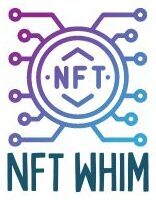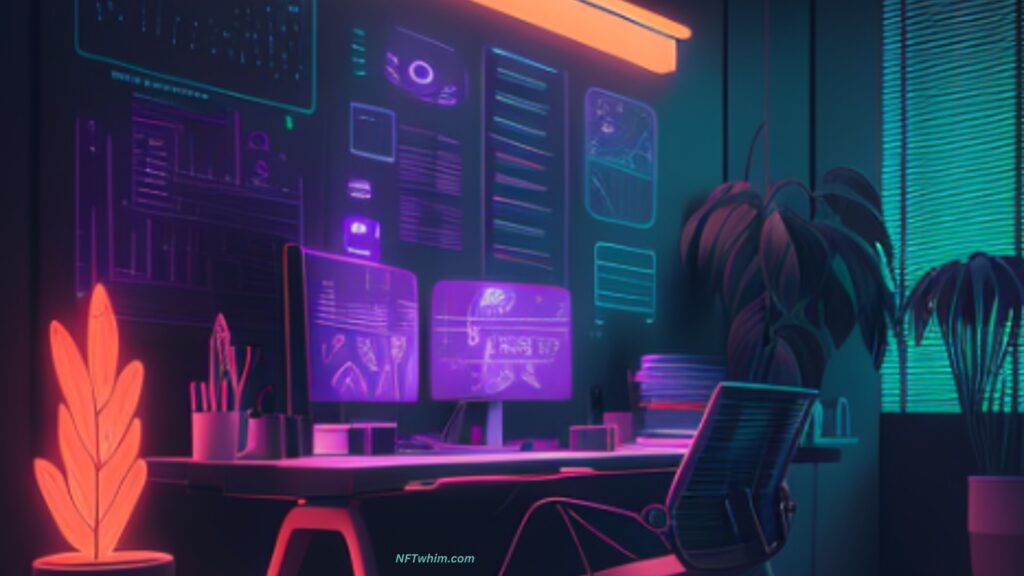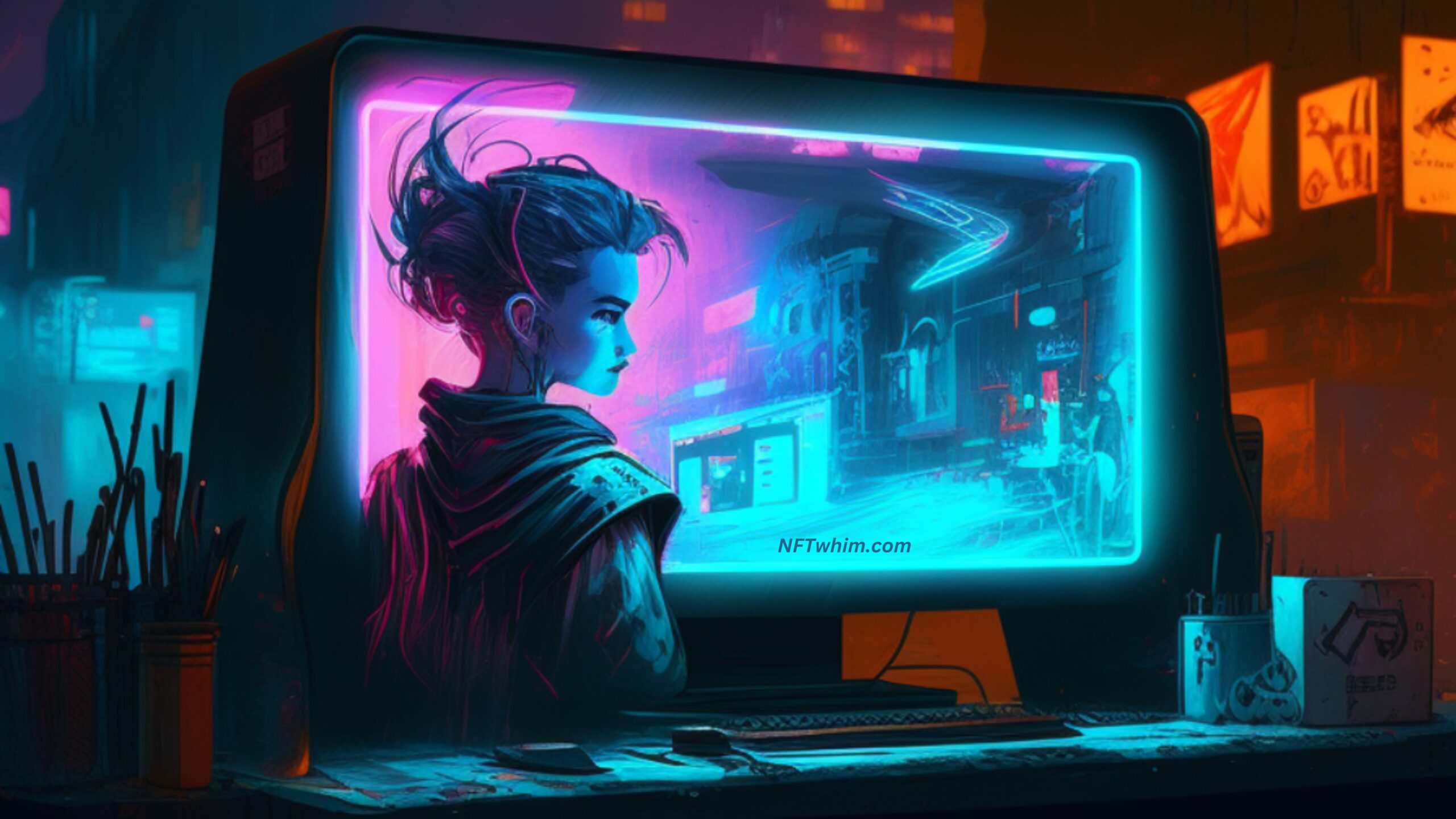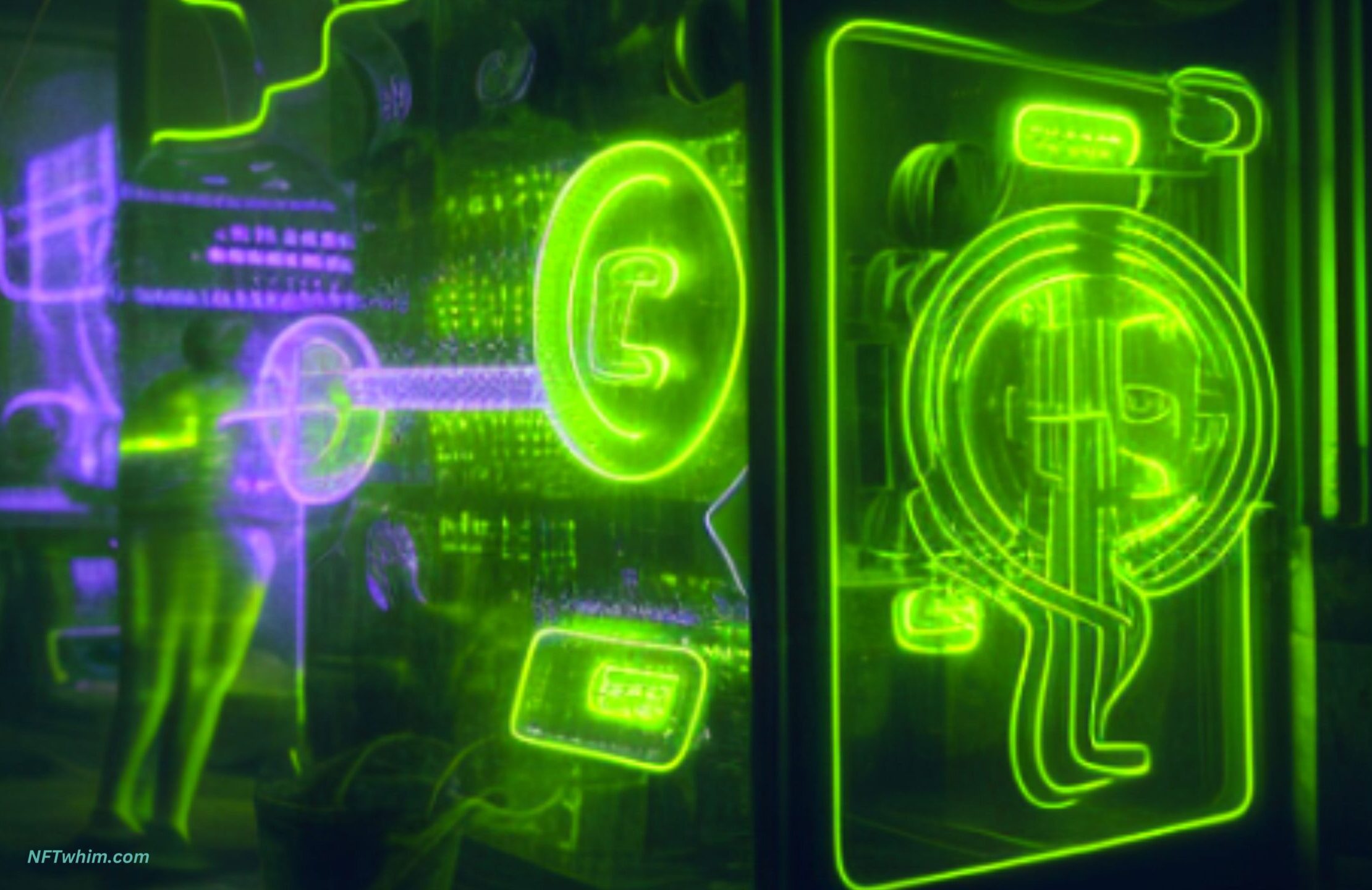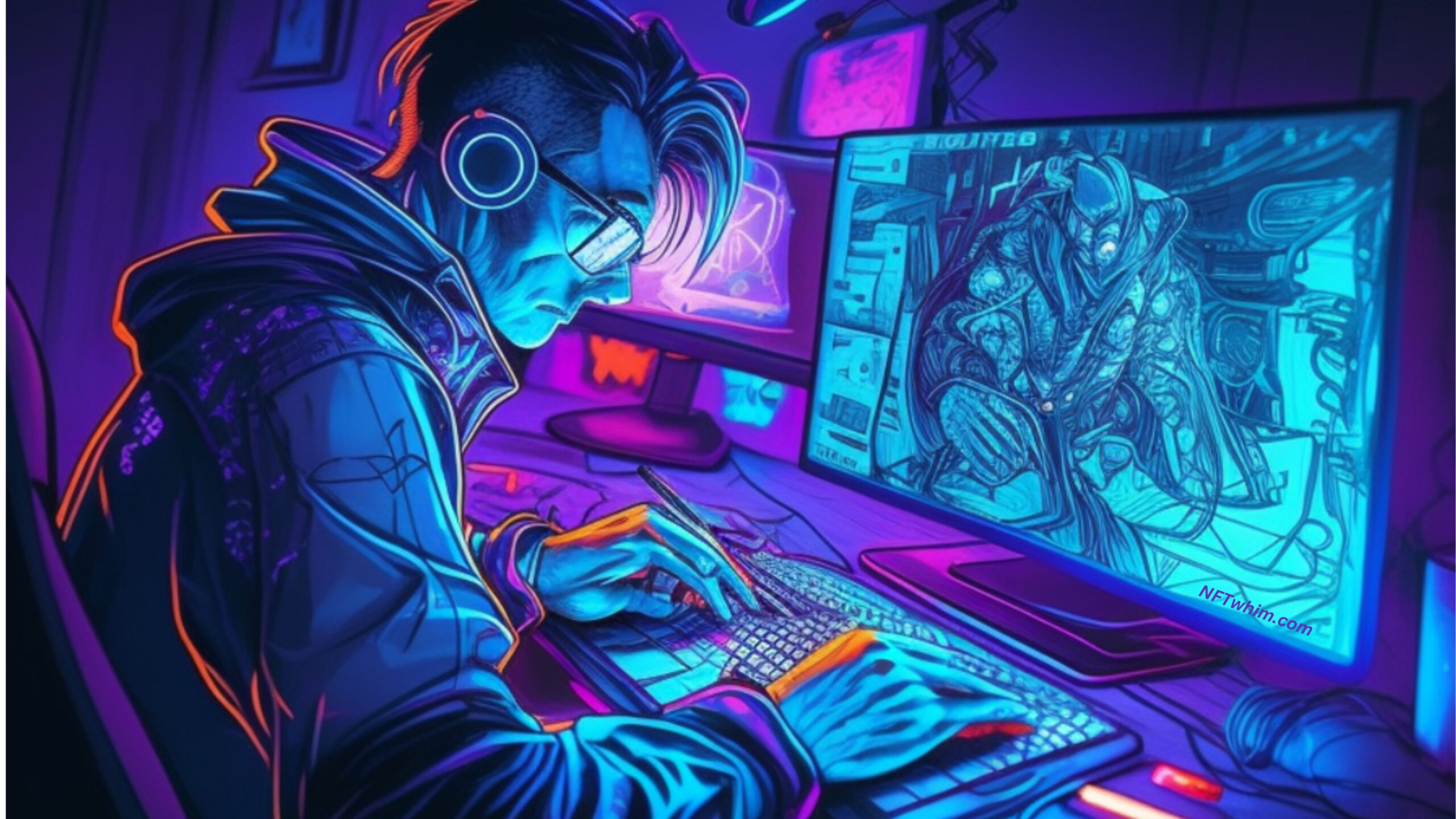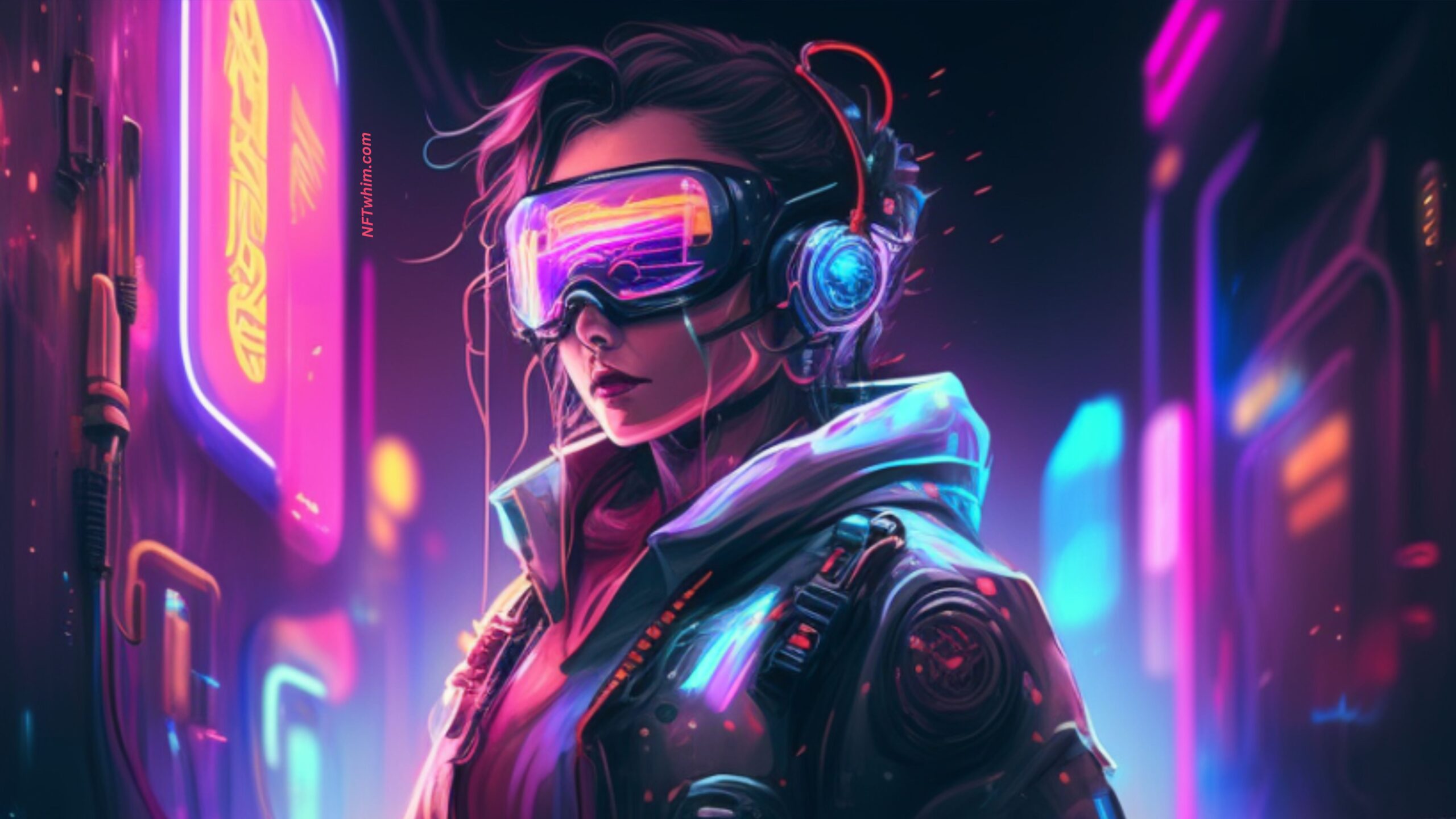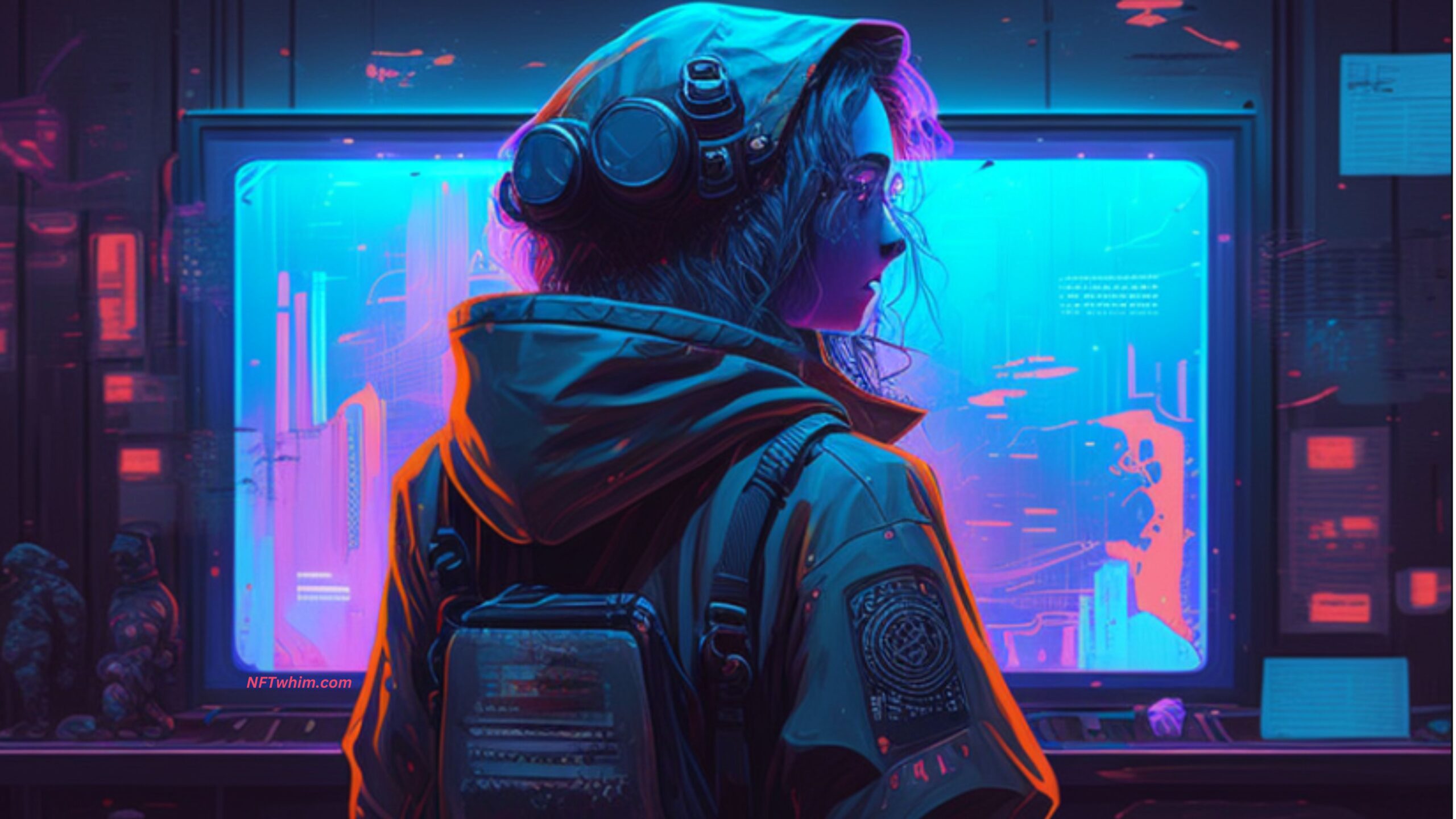As a writer, it can be tough to make a living from your craft. Traditional publishing models can be slow and competitive, and it can be difficult to stand out in a crowded market. But what if there was a new way to monetize your writing and create unique digital assets that fans and collectors would be eager to own? Enter text NFTs – a new and exciting way for writers to profit from their work. In this article, we’ll explore what text NFTs are, how to create and sell them, and the potential benefits and challenges of this emerging market.
To create and profit from text NFTs as a writer, you first need to understand what they are and how to create them using blockchain technology. Once you’ve minted your text as an NFT, you can sell it on NFT marketplaces, promote it through social media and build a community of collectors and fans. While there are potential challenges to consider, text NFTs offer a new and exciting way for writers to monetize their work, experiment with new formats and genres, and earn ongoing royalties or resale fees.
Here are the topics we’ll cover today:
Table of Contents
Before we get started, you might also be interested in this in-depth manual on how to transform into a top notch NFT artist of any genre.
What are text NFTs?
First, let’s define some terms. NFT stands for non-fungible token. Essentially, an NFT is a unique digital asset that is verified and recorded on a blockchain – a decentralized digital ledger that ensures the authenticity and ownership of the asset. While NFTs can take many forms – from digital art to virtual real estate – text NFTs are a specific type of NFT that focus on written works, such as short stories, poetry, or even entire books. Text NFTs are also sometimes called Literary NFTs or Writing NFTs.
So why might someone want to buy a text NFT? For collectors and fans, owning a text NFT can be a way to support and engage with their favorite writers, while also owning a one-of-a-kind piece of digital art. Think of it as a modern-day autograph or rare book – something that is valuable not just for its content, but for its uniqueness and provenance.
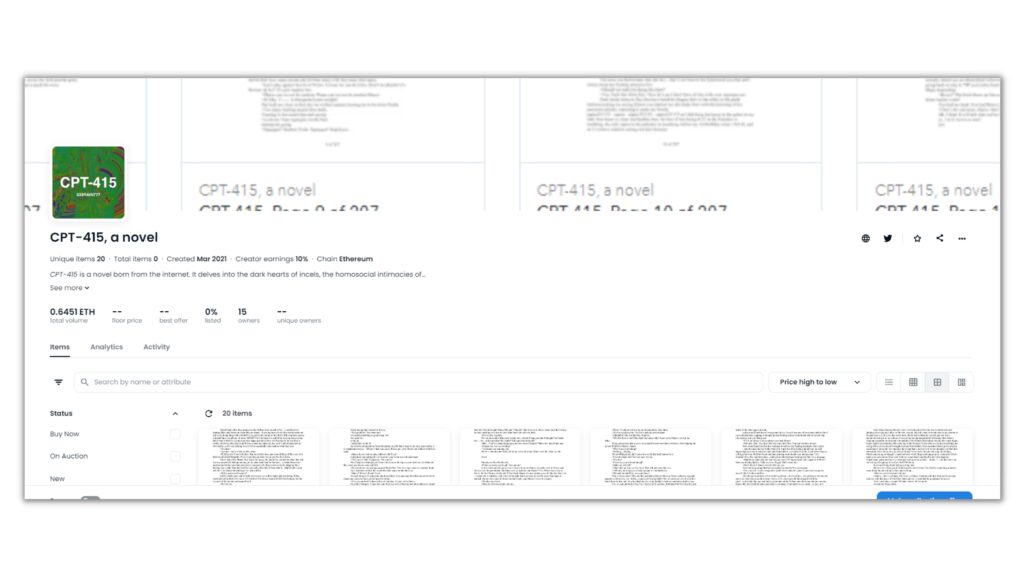
How to create text NFTs
Creating a text NFT is a relatively simple process, though there are some key considerations to keep in mind. Here’s a step-by-step guide to creating your own text NFT:
- Choose the text you want to turn into an NFT. This could be a short story, a poem, an excerpt from a longer work, or even an entire book. Keep in mind that the shorter and more unique the text, the more likely it is to appeal to collectors.
- Decide on the format of your text NFT. You can create a standalone digital file (such as a PDF or EPUB), or you can include additional digital assets like artwork or audio readings. You can also use an app readily available online to turn your text into NFT, such as InWriting or ChainText.
- Mint your NFT on a blockchain platform. There are several NFT marketplaces available, such as OpenSea, Rarible, and SuperRare, that allow you to mint and sell your text NFT. Each platform has its own guidelines and fees, so be sure to do your research before choosing one.
- Set a price for your text NFT. This can be a tricky balance – you want to price your NFT high enough to reflect its uniqueness and value, but not so high that it’s out of reach for potential buyers.
- Promote your text NFT. Once your NFT is minted and for sale, it’s up to you to market it to potential buyers. Use social media, your website, and other online channels to spread the word about your NFT and its unique value proposition.
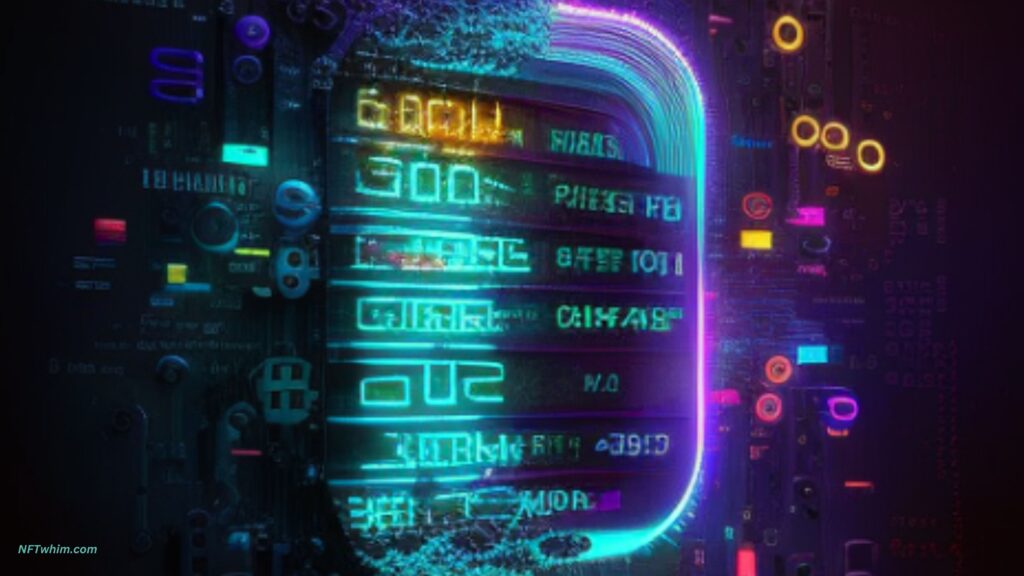
Best practices for creating text NFTs
While the process of creating text NFTs is relatively straightforward, there are some best practices to keep in mind if you want to maximize the value and appeal of your NFT:
- Focus on authenticity. In a crowded NFT market, buyers are looking for unique and genuine works that can’t be found elsewhere. Make sure your text NFT is original and verifiable.
- Emphasize quality. Just because your text NFT is digital doesn’t mean it can’t be high-quality. Consider hiring a designer or illustrator to create custom artwork or cover designs, or record an audio version of your work to accompany the text.
- Make it relevant. As with any creative work, the more relevant and timely your text NFT is, the more likely it is to resonate with potential buyers. Consider tying your NFT to a current event, cultural trend, or personal experience that will make it stand out.
- Be transparent about ownership and licensing. One of the benefits of NFTs is their transparent and verifiable ownership, so be sure to clearly state your ownership and licensing terms for your text NFT.
- Build a community. To maximize the value and reach of your text NFTs, consider building a community of collectors and fans. Engage with buyers on social media, offer exclusive perks or rewards for NFT holders, and consider hosting events or workshops for fans and collectors.
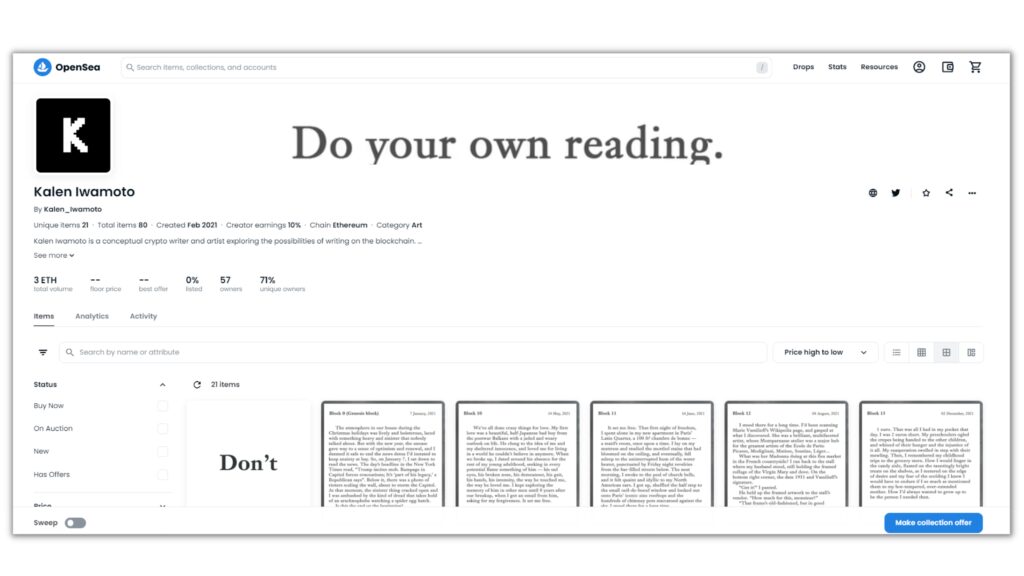
Potential benefits and challenges of text NFTs
Text NFTs offer a new and exciting way for writers to monetize their work, but as with any emerging market, there are both potential benefits and challenges to consider.
Benefits of literary NFTs
- Increased ownership and control. By minting your writing as an NFT, you have greater control over its distribution and ownership, and can potentially earn ongoing royalties or resale fees.
- Unique revenue stream. Text NFTs offer a new and potentially lucrative revenue stream for writers, particularly those who have struggled to earn a living from traditional publishing models.
- Creative freedom. Because text NFTs are not subject to the same editorial or commercial pressures as traditional publishing, writers have more creative freedom to experiment with different styles, formats, and genres.
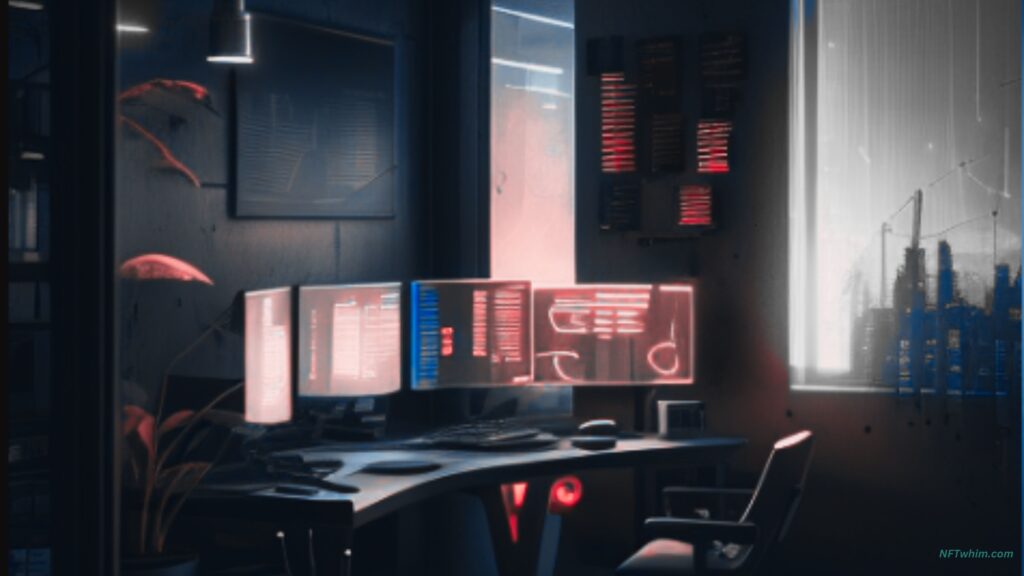
Challenges of writing NFTs
- Limited market. While the NFT market is growing rapidly, it is still relatively niche and focused on digital art and collectibles. It may take some time for text NFTs to gain broader adoption and mainstream appeal.
- Technical barriers. Minting and selling NFTs requires a basic understanding of blockchain technology, which can be daunting for those who are unfamiliar with it.
- Pricing challenges. Determining the appropriate price for a text NFT can be tricky, particularly if there are few comparable works on the market.

Conclusion
Text NFTs offer a new and exciting way for writers to monetize their work, build a community of fans and collectors, and experiment with new formats and genres. While the market is still emerging and there are technical and pricing challenges to navigate, the potential benefits – including increased ownership and control, a unique revenue stream, and creative freedom – are significant. If you’re a writer looking to break into this exciting new market, now is the time to start exploring the possibilities and creating your own text NFTs.
Robin
Author: Robin Olsson
Author Bio: I’m Robin and on this website, I share everything I’ve learned since getting into NFTs in 2021. I have a background in research and I’ve been in crypto for several years. You can read more about me here.
